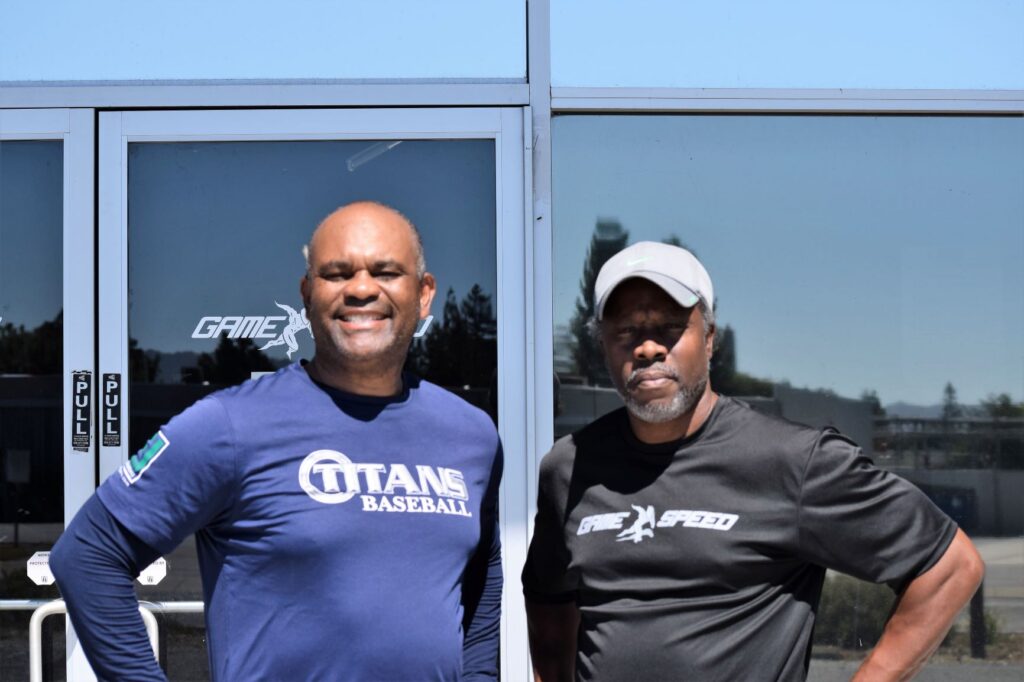Championship Mentality – Discipline
Championship Mindset: Discipline in Athletes.
Championship Mentality: The Key to Discipline in Athletes
Discipline is a crucial aspect of developing a championship mentality in athletes. In this video, Coach EJ and Coach Ejinosaurus discuss the importance of discipline and how it is often overlooked or misunderstood by athletes. They emphasize that discipline is not simply about showing up or going through the motions, but rather it is a mindset and approach to training that allows athletes to reach their full potential.
The coaches start by debunking the misconception that showing up is enough to be considered disciplined. They stress that true discipline goes beyond just completing the required reps or running the prescribed laps. It is about executing the tasks with the right mindset, focus, and attention to detail. Discipline is a mentality that permeates every aspect of an athlete’s life, both on and off the field.
One example they provide is the importance of dressing appropriately for training sessions. They explain that wearing the right gear, such as proper shoes and workout clothes, helps athletes get into the right mindset and prepares them for the physical demands of their training. It is about creating a switch in the mind that signals it’s time to work and give their best effort.
The coaches also highlight the significance of discipline in managing one’s life and consistency. They explain that consistency requires discipline, and without it, athletes cannot expect to achieve their goals. Discipline should extend beyond training sessions and into everyday life. It involves doing the small things routinely and paying attention to detail, as these aspects often surface when athletes are under pressure.
To illustrate the importance of discipline, the coaches draw parallels to other areas of life, such as handwriting. They discuss how the decline of cursive writing, which requires focus and discipline, due to the prevalence of electronics and shortcuts, affects communication and thought processes. They emphasize the need to slow down, be thoughtful, and not rely solely on shortcuts and abbreviations.
Coach EJ and Coach Ejinosaurus stress that discipline allows athletes to have longevity, focus, and the ability to make adjustments. It provides a roadmap to success and eliminates the need for constantly searching for the next quick fix or magic solution. Discipline is a decision that athletes must make early on and commit to consistently.
In conclusion, developing a championship mentality requires athletes to embrace discipline. It is not just about showing up or going through the motions but about having the right mindset, focus, and attention to detail. Discipline should permeate all aspects of an athlete’s life and be a consistent part of their training regimen. With discipline comes patience, consistency, and ultimately, improved performance. So, athletes, make the decision to embrace discipline and watch your journey to success unfold.
- By qckstep02
- In Uncategorized

Recent Comments